The Cathedral of San Zeno (in Italian: Cattedrale di San Zeno or Duomo di Pistoia), is the most important religious building in the city, a beautiful Romanesque structure with its polychrome facade and beautiful portico.
These are the Lombards who consecrated it to Zeno, the eighth bishop of Verona, the “little Rome”.
Presentation, exterior and tower
Dating back to the 10th century, the cathedral was completely renovated in the 12th-13th centuries, on the occasion of the arrival of the relic of Saint Jacques, giving it its Romanesque style inspired by the Pisan style. It was later modified many times. Early 17th century, the medieval chancel was demolished with a new baroque apse and the construction of a dome, and a new vault of the nave.
It was largely restored in the 20th century in its original look.
The portico dates from the 14th and 15th centuries, to which Andrea della Robbia participated in 1505 with rosettes and sculptures of the central portal.
On the two ends of the top of the facade are placed the two marble statues of the saint patrons, Saint Zeno from the fourteenth century and Saint James from the eighteenth century, once placed in the loggia.
The bell tower, the great bell tower that dominates the Piazza del Duomo, was originally a Lombard defence tower, redesigned in the course of history. High 67 meters, it has three styles, Lombard at the bottom and pisan at the top. The 200 steps lead to a view of the city.
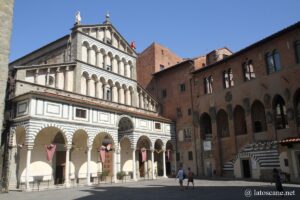
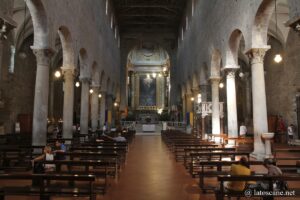
Interior and Crypt
The interior is a fine example of Romanesque architecture, with three naves and a chancel above the crypt where there are capitals and marble slabs dating from the original building.
The right nave was originally occupied by the now-defunct 12th century Chapel of Saint James, which housed the relic of Saint James.
Among the various chapels, the Chapel of the Crucifix preserves the rich silver Altar of Saint James from 1287 to 1457, in which Brunelleschi participated.
The Chapel of the Last Judgment keeps beautiful fragments of frescoes depicting the Last Judgement, by Giovanni da Ponte (1420-1425).
The Chapel of the Blessed Sacrament has a painting by Lorenzo di Credi, with the virgin between the saints Giovanni Battista and Donato (1474-1486).
A beautiful crucifix was painted by the Florentine Coppo di Marcovaldo and his son, and in the left nave, near the entrance door, there is the funerary monument to Niccolò Fonteguerri commissioned from Verrocchio in 1477, completed in the 18th century.
The chancel vault is decorated behind the main altar with frescoes by Domenico Cresti, said the Passignano with the Eternal Father in glory, the Fall of the rebel angels, Fall of Man and Annunciation (1602). The apse also has 17th century paintings.
The counter-façade features the Arch of St. Atto with three marble bas-reliefs made in 1337, and the baptismal fountain from 1497 with the Birth of St. John the Baptist, the Preaching in the Desert, the Dance of Solomon and the Declugging.
A pulpit in the nave was designed by Giorgio Vasari (1560) and a basin near the right side entrance has busts of the apostles Peter, Paul, John and James, attributed to the workshop of Nicola Pisano.
The present-day crypt has been reworked, with 17th century frescoes and 12th century remains, including frescoes and foundations.
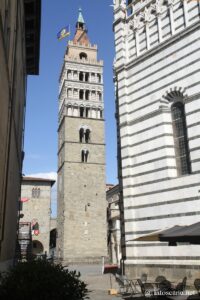
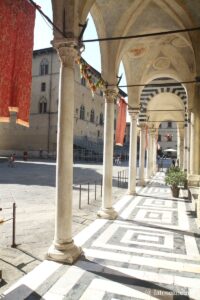
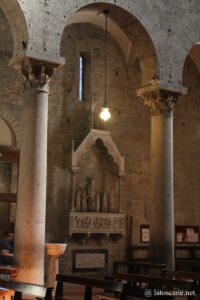
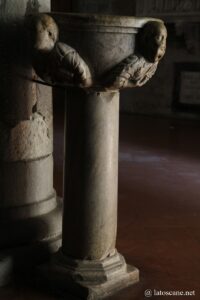
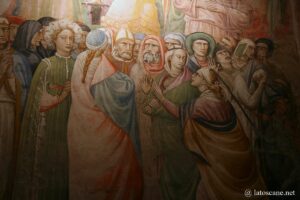
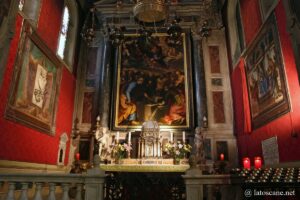
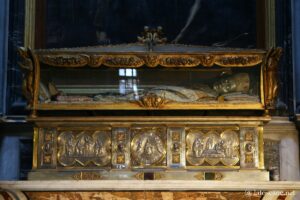
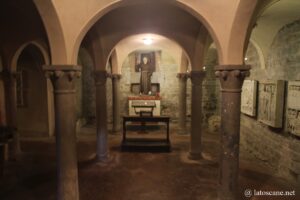
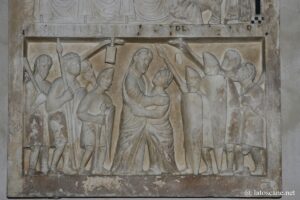
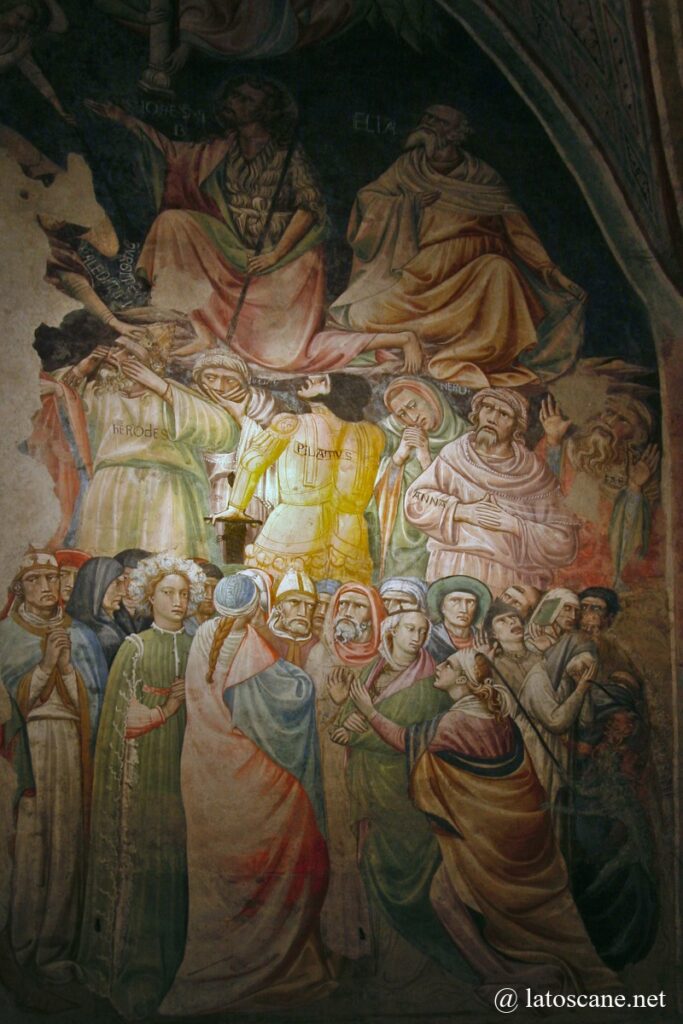
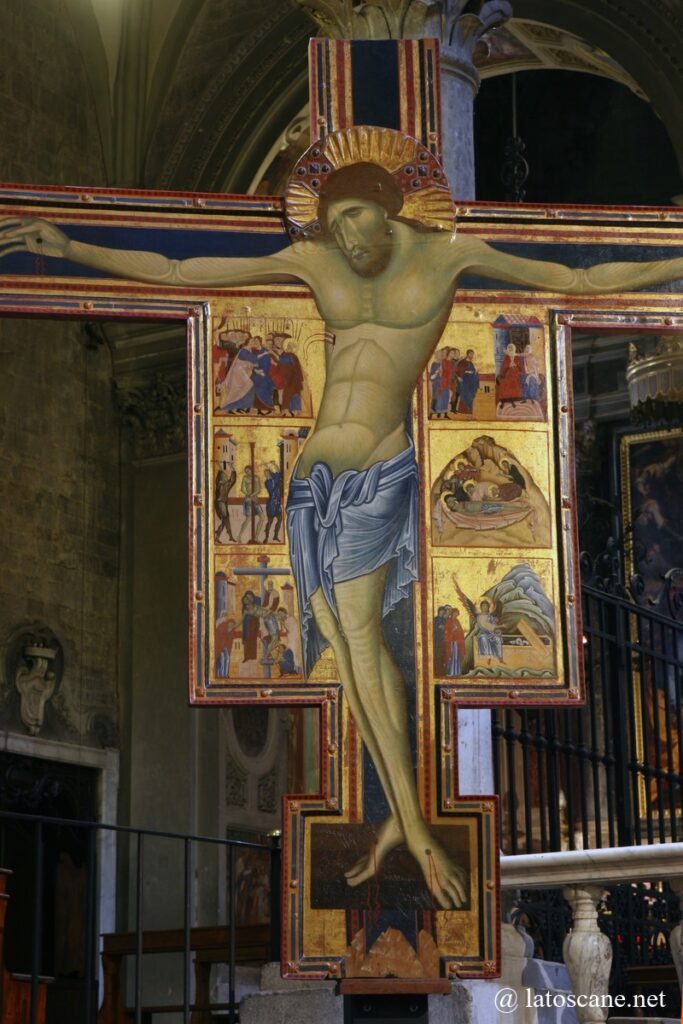
Altar of Saint James
This masterpiece of goldsmithery was made over two centuries, a symbol of the wealth and devotion of Pistoia, by the best craftsmen and artists of the time. There is first a panel with the figure of the Virgin and the Apostles commissioned in 1287, originally commissioned by Bishop Atto when he adopted the Apostle Saint James as patron saint of the city in the 12th century (1145) when the head of the saint was brought.
A new panel of 15 squares was commissioned in 1316 from Andrea di Jacopo d’Ognabene.
Giglio Pisano added the large silver statue of Saint James at the centre in 1349. The following panel expansions were spread out in the 14th century, of the prophets’ busts in the 15th century.
In 1293 an aristocrat from Pistoia, Vanni Fucci, of the Black Guelphs faction, looted the chapel and damaged the altar. He had his place among the thieves in Dante’s Hell.
The bas-reliefs tell the stories of the Old and New Testaments and the life of Saint James.
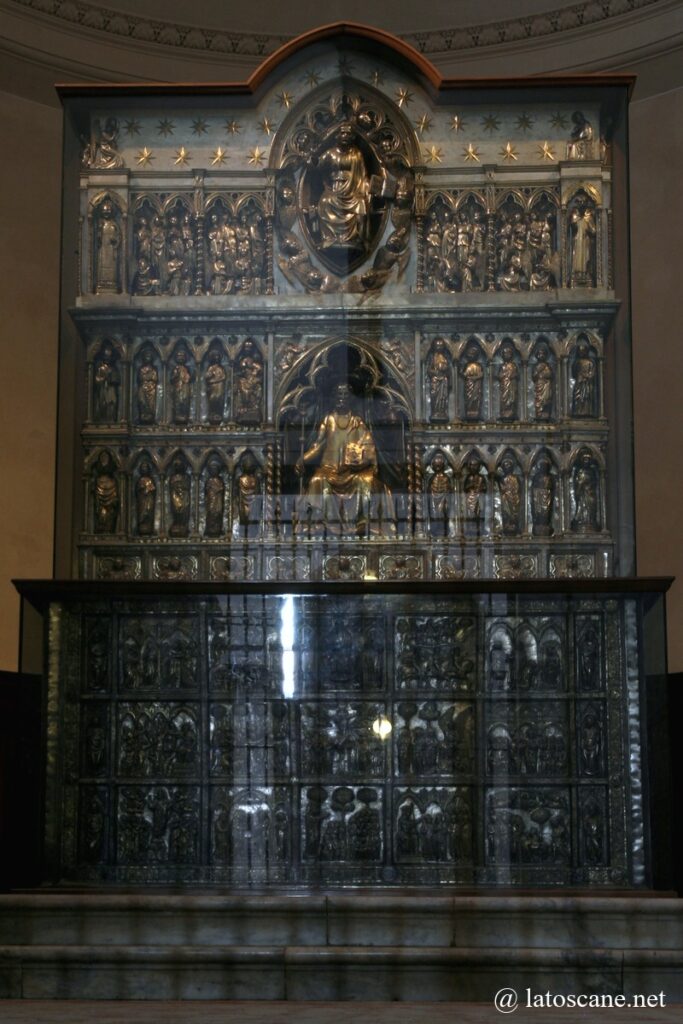
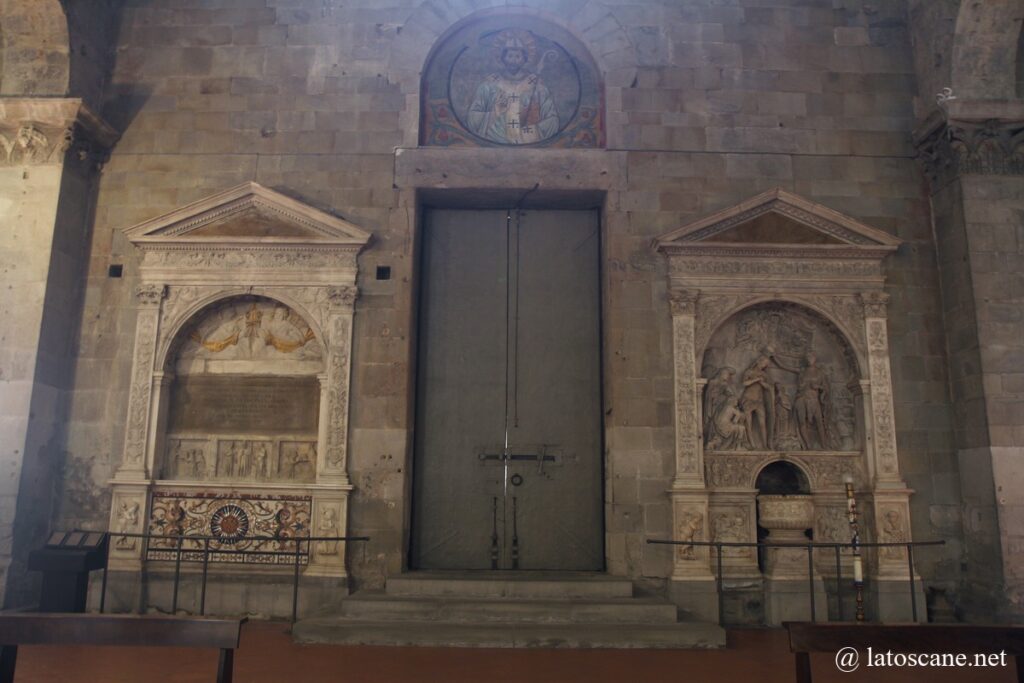
Proposal for guided tours and others
Where is Pistoia Cathedral, map
If you see this after your page is loaded completely, leafletJS files are missing.
Links and sources
- General informations : en.wikipedia.org
- Blogs and Tourist portals : www.visittuscany.com, www.visitpistoia.eu
Posts about Pistoia
- Pistoia in Tuscany
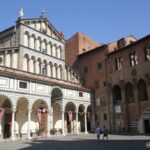 Pistoia is a small town of almost 90,000 inhabitants in northern Tuscany located between Florence and Lucca. In the shadow of these two illustrious neighbors, it is spared by the ...
Pistoia is a small town of almost 90,000 inhabitants in northern Tuscany located between Florence and Lucca. In the shadow of these two illustrious neighbors, it is spared by the ... - Collodi and Val di Nievole
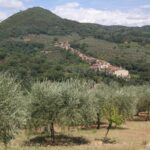 Between Lucca and Pistoia, the Val di Nievole is a gentle region full of small treasures and gardens, from its spas to its natural areas, with lush hills, woods of ...
Between Lucca and Pistoia, the Val di Nievole is a gentle region full of small treasures and gardens, from its spas to its natural areas, with lush hills, woods of ... - Things to do and see in Pistoia
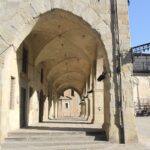 Presentation of the most beautiful places in Pistoia, squares and monuments, with the Also read the overview of Piazza del Duomo in Pistoia The Piazza del Duomo is the main square of ...
Presentation of the most beautiful places in Pistoia, squares and monuments, with the Also read the overview of Piazza del Duomo in Pistoia The Piazza del Duomo is the main square of ... - Surroundings of Pistoia
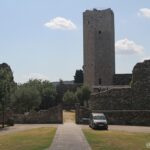 This page explores the surroundings of the pretty town of Pistoia, in the homonymous province, read also the page dedicated to On the Lucca road, the fortress of Serravalle Pistoiese ...
This page explores the surroundings of the pretty town of Pistoia, in the homonymous province, read also the page dedicated to On the Lucca road, the fortress of Serravalle Pistoiese ... - Hotels in Pistoia
 Search and book quickly accommodation in Pistoia, among dozens of structures, hotels, apartments or guest houses
Search and book quickly accommodation in Pistoia, among dozens of structures, hotels, apartments or guest houses - Weather in Pistoia
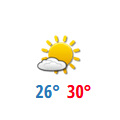 Weather forecast in Pistoia, Tuscany, current and upcoming days including rainfall, temperature and air quality. Weather forecast in Pistoia, 5 days Complete weather in Pistoia Into the same category
Weather forecast in Pistoia, Tuscany, current and upcoming days including rainfall, temperature and air quality. Weather forecast in Pistoia, 5 days Complete weather in Pistoia Into the same category
No Comments Yet